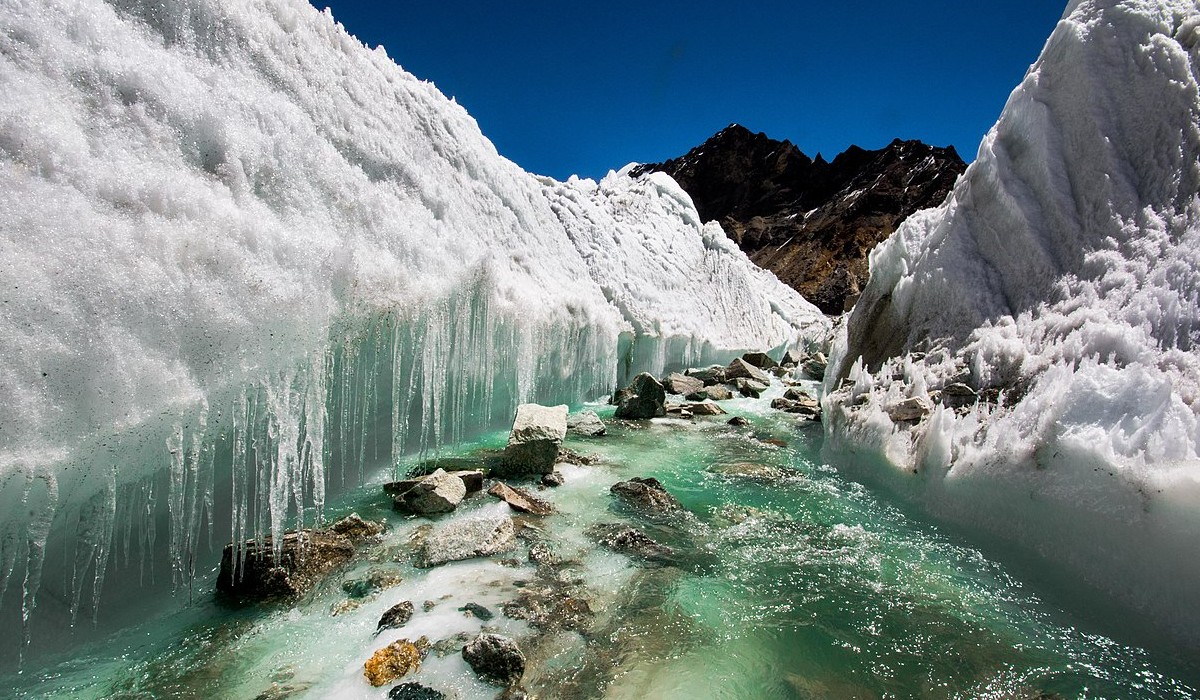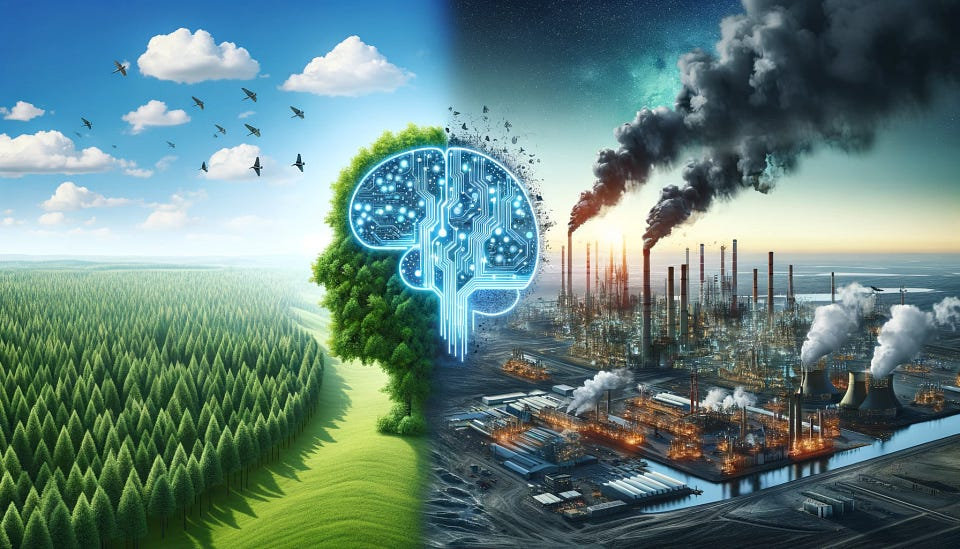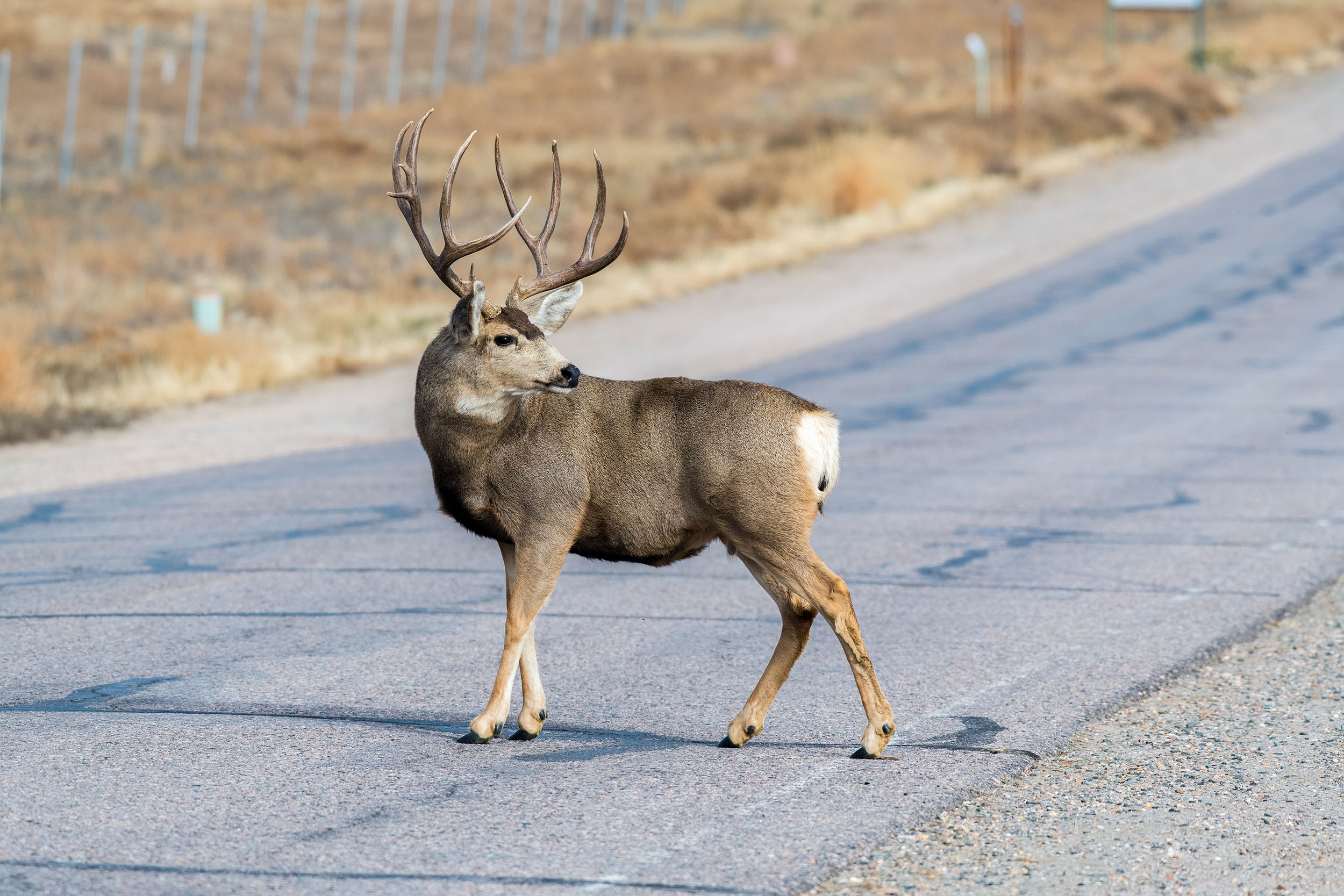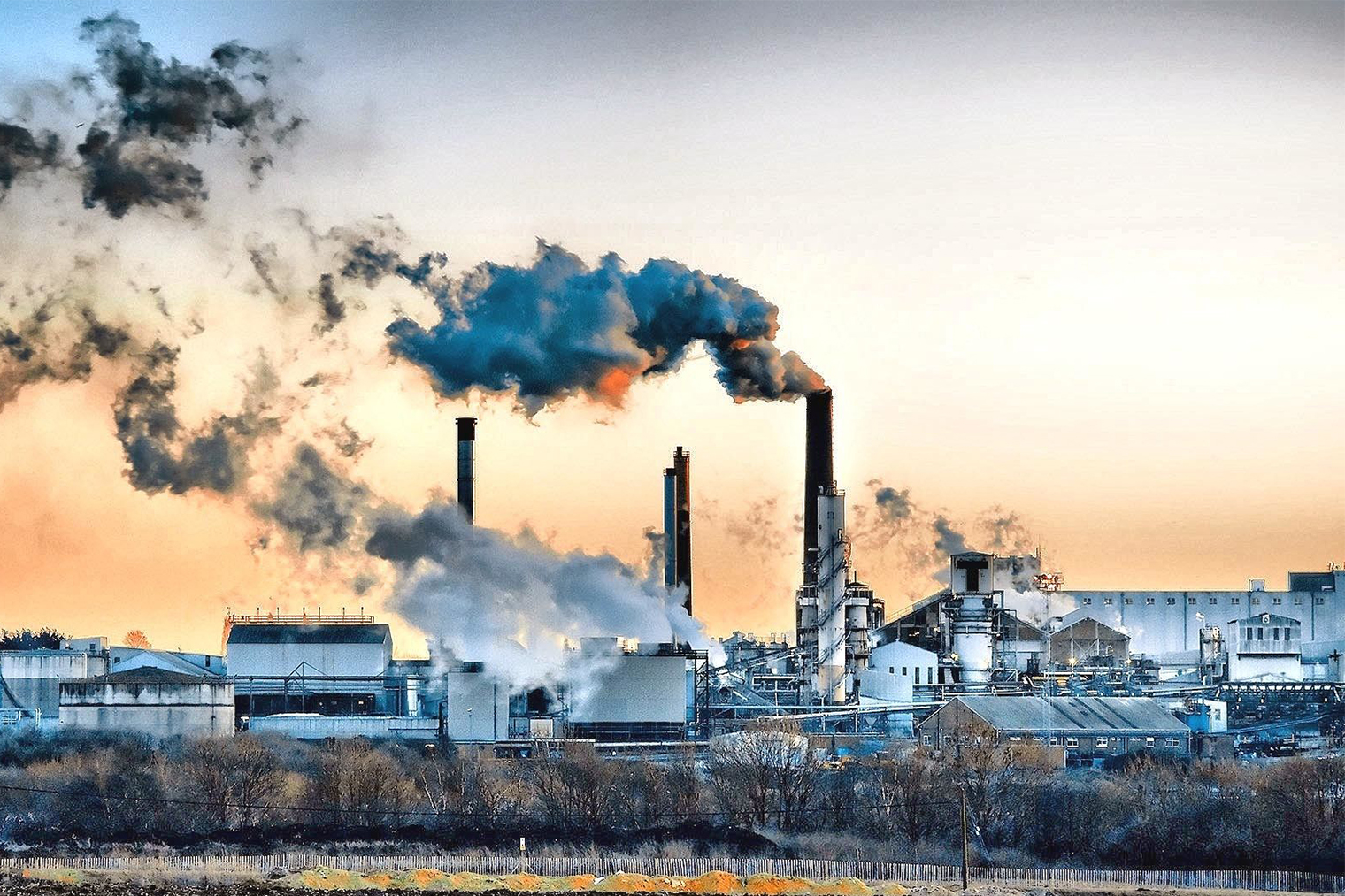- Glaciers are massive, slow-moving rivers of ice formed over hundreds or even thousands of years.
- From the Arctic to the Andes, these icy giants are disappearing, leaving behind a fragile planet struggling to stay in balance.
High in Alaska’s mountains, the Yakutat Glacier is one of the fastest-retreating glaciers on Earth. What was once a vast, towering body of ice is now retreating at an alarming rate.
Scientists tracking global climate trends point to Yakutat Glacier as a vivid example of how rapidly the planet is changing, a view echoed by global monitoring bodies like the World Meteorological Organization (WMO).
From the Arctic to the Andes, these icy giants are disappearing, leaving behind a fragile planet struggling to stay in balance.
Glaciers are massive, slow-moving rivers of ice formed over hundreds or even thousands of years. They form when layers of snow accumulate and press down, resulting in solid ice.
Most glaciers are found in polar regions and high mountain ranges, and together with ice sheets, they contain about 70% of the world's freshwater. They form valleys, feed rivers, and even shape entire landscapes.
Read More
But beyond their breathtaking beauty, glaciers help regulate Earth’s temperature by reflecting sunlight and maintaining sea levels.
Now, many of them are melting faster than ever. Scientists say the situation is deeply worrying. According to data from the WMO, glaciers lost around 273 billion tonnes of ice every year between 2000 and 2023.
This melting alone has contributed 18 mm to global sea-level rise making glaciers the second-largest contributor to global sea-level rise.
This rapid melting affects far more than mountain landscapes. As glaciers melt, they initially release vast amounts of freshwater into rivers and lakes, but over time, the shrinking ice reserves lead to a long-term decline in water availability.
Globally, millions of people rely on glacial meltwater for hydropower, farming, and drinking. In areas like the Andes, some people are already at risk of water shortages.
The loss of glaciers also increases the danger of sudden floods caused by glacial lakes bursting their banks, which can devastate villages and farmlands downstream.
On a global scale, melting glaciers are raising sea levels, putting coastal cities and small island nations in danger.
According to the Intergovernmental Panel on Climate Change (IPCC), before the end of this century, many glaciers may completely vanish if carbon emissions keep increasing.
Their disappearance would damage ecosystems that rely on cold, fresh water in addition to changing coastlines. As glaciers vanish, the darker ground and water they leave behind absorb more heat from the sun, which speeds up global warming even further, a dangerous cycle that worsens climate change.
Still, it’s not too late to act. Reducing greenhouse gas emissions, protecting mountain ecosystems, and improving how we monitor glaciers can help slow the melting. Yakutat Glacier's example is not only a warning, but also a call to action. It reminds us that the future of these frozen landscapes depends on the choices we make now.
As the world watches glaciers melt away, the question isn’t whether they are disappearing, it’s how fast, and whether we can act in time to save what’s left.







